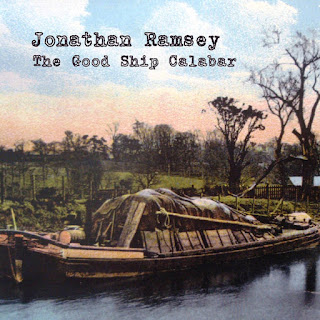From The Inside Out (Chords and Lyrics by Joel Houston)
Key of G
4/4 Time Signature
Intro
C /// l //// l G /// l D /// l C /// l //// l G ///
Verse 1
D C
A thousand times I've failed
G D
Still, Your mercy remains
Still, Your mercy remains
C
And should I stumble again
And should I stumble again
G D
I'm caught in Your grace
I'm caught in Your grace
Em
Everlasting
C G D
Your light will shine when all else fades
Your light will shine when all else fades
Em
Never ending
Never ending
C G D C G D C G
Your glory goes beyond all fame
Your glory goes beyond all fame
Verse 2
D C
Your will above all else
G D
My purpose remains
My purpose remains
C
The art of losing myself
The art of losing myself
G D
In bringing You praise.
In bringing You praise.
Em
Everlasting
C G D
Your light will shine when all else fades
Your light will shine when all else fades
Em
Never ending
Never ending
C G D C
Your glory goes beyond all fame
Your glory goes beyond all fame
G
In my heart and my soul
Em
Lord, I give You control
Lord, I give You control
D
Consume me from the inside out,
Consume me from the inside out,
C Em
Lord, let justice and praise
Lord, let justice and praise
D
Become my embrace
Become my embrace
Am
To love you from the inside out
To love you from the inside out
Verse 3
C
Your will above all else
G D
My purpose remains
My purpose remains
C
The art of losing myself
The art of losing myself
G D
In bringing You praise.
In bringing You praise.
Em
Everlasting
C G D
Your light will shine when all else fades
Your light will shine when all else fades
Em
Never ending
Never ending
C G D
Your glory goes beyond all things
Your glory goes beyond all things
C G
Yeah, In my heart and my soul
Em
Lord, I give You control
Lord, I give You control
D
Consume me from the inside out,
Consume me from the inside out,
C Em
Lord, let justice and praise
Lord, let justice and praise
D
Become my embrace
Become my embrace
Am
To love You from the inside out
To love You from the inside out
Em
-- LadyD
"The beautiful thing about learning is that no one can take it away from you." B.B.King





















![Validate my Atom 1.0 feed [Valid Atom 1.0]](valid-atom.png)







